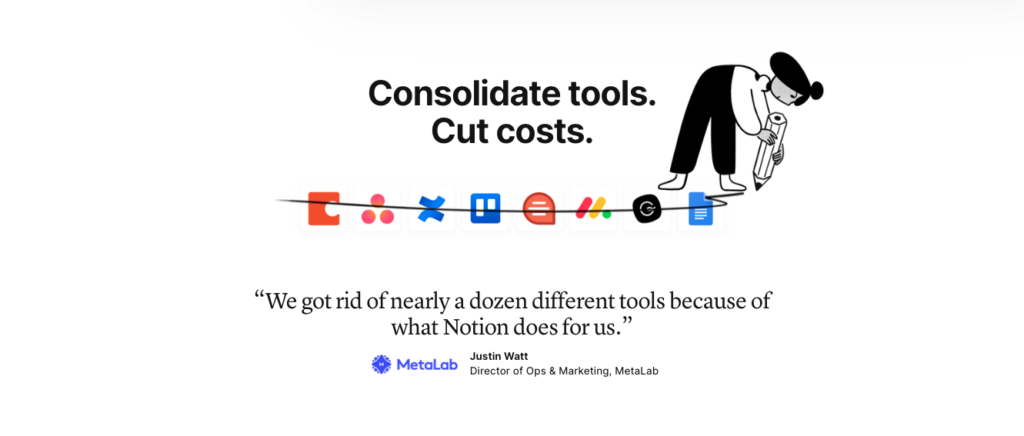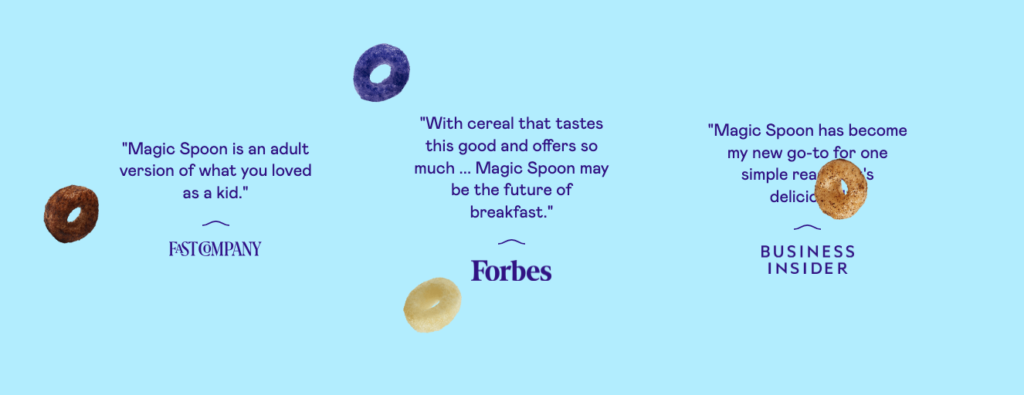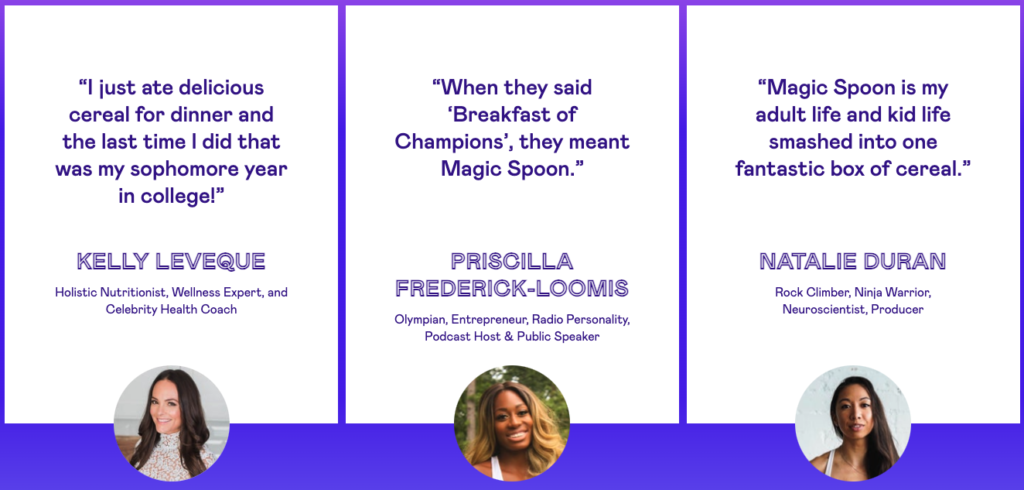Direct mail marketing. Is it still viable? Heck yes, it is! On average, the engagement rate for direct mail hovers around 95%.
And when done well, it can have a decent ROI for businesses because people tend to find it way less intrusive and easier to process than email.
So let’s examine why physical mail is still an effective tool for businesses across multiple age demographics, especially older generations.
Direct mail is still a hit with adults
Unsurprisingly, most households receive a lot of mail each year. According to a US Postal Service study, most American homes get around 454 pieces of mail per year. Contrary to popular belief, most physical mail isn’t tossed in the trash.
It’s read, kept, and reread.
One Gallup poll showed 41% of adults check their mail every day. This form of communication can be a welcome relief in a world where people feel increasingly overwhelmed by their digital inboxes.
And when a highly targeted, relevant piece of mail lands in someone’s mailbox, they’re more likely to pay attention.
The same Gallup Poll also revealed that those who are part of Gen Z and baby boomers look forward to getting physical mail, especially when it’s personalized. For Gen Zers, receiving Insta-worthy correspondence and packages from businesses encourages this group to post them on social media.
But this type of engagement with direct mail goes beyond Zoomers and baby boomers.
A generational study by USPS, spanning multiple age groups, revealed a few surprising revelations about people’s reactions to mail and how it affects their buying habits.
Gen X and Millennials notice and appreciate when businesses send customized, branded mail, including those containing free samples, thank you notes, and distinctive packaging.
Baby boomers respond most positively to receiving physical mail. However, they’re less likely to care about design or extra elements added to them.
How different demographics respond to direct mail
Across the board, the USPS study showed that Zoomers, millennials, Gen Xers, and baby boomers care about relevance—the more relevant the direct mail piece, the higher the response rate.
And here’s what each group will most likely do once they get one of those mailers.
Gen Z
Gen Z is considered to be the most digitally connected demographic alive today. But they still appreciate getting physical mail from companies. They’ll check out those businesses online before deciding whether to buy when they receive something that catches their eye. One of the biggest things they respond to is messaging around a company’s environmental and sustainability values.
The study also found that even though Gen Z has mixed feelings about retargeted direct mail, they’re receptive to getting it based on their online behavior if it’s pertinent to them.
Millennials
This group cares deeply about authentic connections. And when companies communicate their business philosophy and values, 70% of millennials feel more positive about them. Millennials are also the most prone to visit a business website or brick-and-mortar location after getting a piece of relevant mail.
They also like to share. When millennials get an interesting offer, they want to make sure others in their circle know about it by sharing their findings on social media or through word-of-mouth.
Gen X
Before mobile devices took over, this generation remembers what it was like to send—and get—handwritten letters and cards. And they still get a kick out of it.
Gen X tends to be more drawn to physical mailers and repelled by email offers, often deleting or tracking them as spam. However, when a call to action in the physical mailer makes engaging with a brand online more convenient, this age group is more open to a company’s sales offer.
Baby boomers
Baby boomers generally care less about pretty packaging and sharing mailers online than their younger counterparts. They want substance and recognition, and appreciation.
Out of the four age groups, baby boomers would be the most disappointed if they never got another piece of mail again.
To them, opening a piece of mail is considered a much more personal experience than email. When businesses contact them through direct mail, baby boomers are likelier to engage with them over the phone or in person than online.
Using design and personalization to connect
Each age demographic enjoys getting something in their mailboxes but responds differently in their buying habits. Meaning businesses have to make their direct mail campaigns hyper-relevant and personalized to increase their ROI using this medium.
The response rate for direct mail can fluctuate based on the number of mailers in a campaign. But other factors can also influence it, like:
List quality: Your list can lead to a successful direct mail campaign or tank it entirely. With a clean, targeted, up-to-date list, you can create messaging and offers people want to see because you aren’t relying on a scattershot approach.
Retargeting: Zoomers, millennials, and Gen X are more receptive to getting mail based on their online behavior. Retargeting can be a very effective way to get more people to buy. However, it has to feel authentic to the messaging and offers provided in the direct mail your audience sees.
Design: Bright colors, unique paper, and unconventional-sized mailers get attention and are opened. Direct mail campaigns that surprise, delight, and use clear visual calls to action are more likely to get people to act than sticking with generic designs.
Direct mail is alive and well
As a marketing tool, it’s safe to say direct mail is indeed not dead. Physical mail can significantly drive business sales when paired with a deep understanding of your audience and other tactics like retargeting.
Acknowledging the differences between age demographics gives you insight into what each considers meaningful. Gen Z has completely different motivators than baby boomers, millennials, and Gen Xers.
Creating direct mail campaigns with this in mind can help you provide your audience with more targeted messaging and designs that get them interested in your business.






